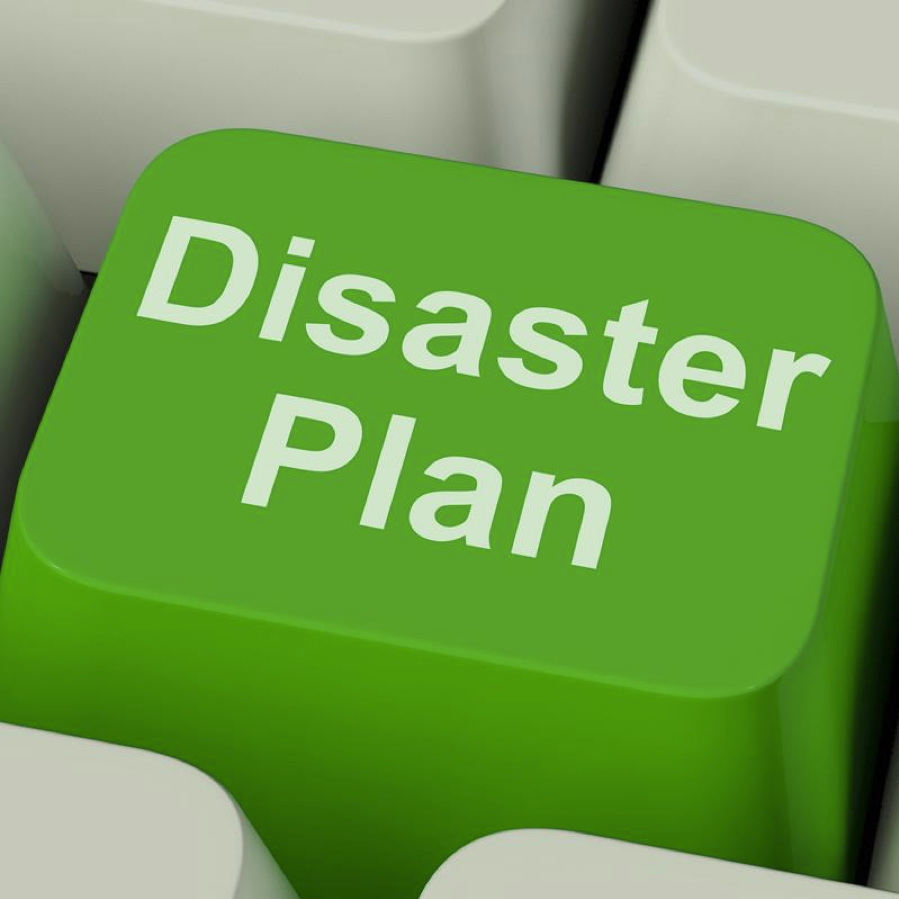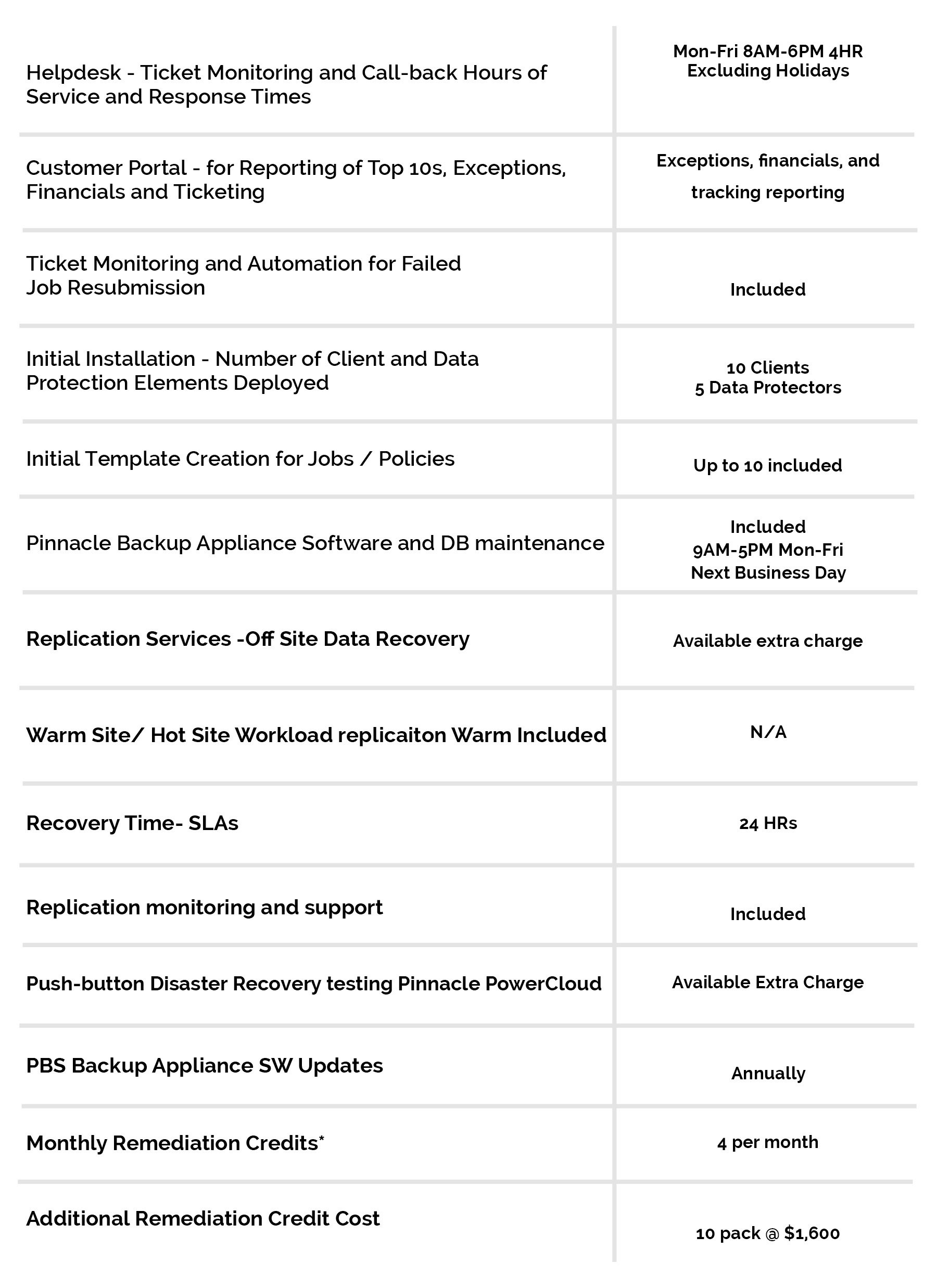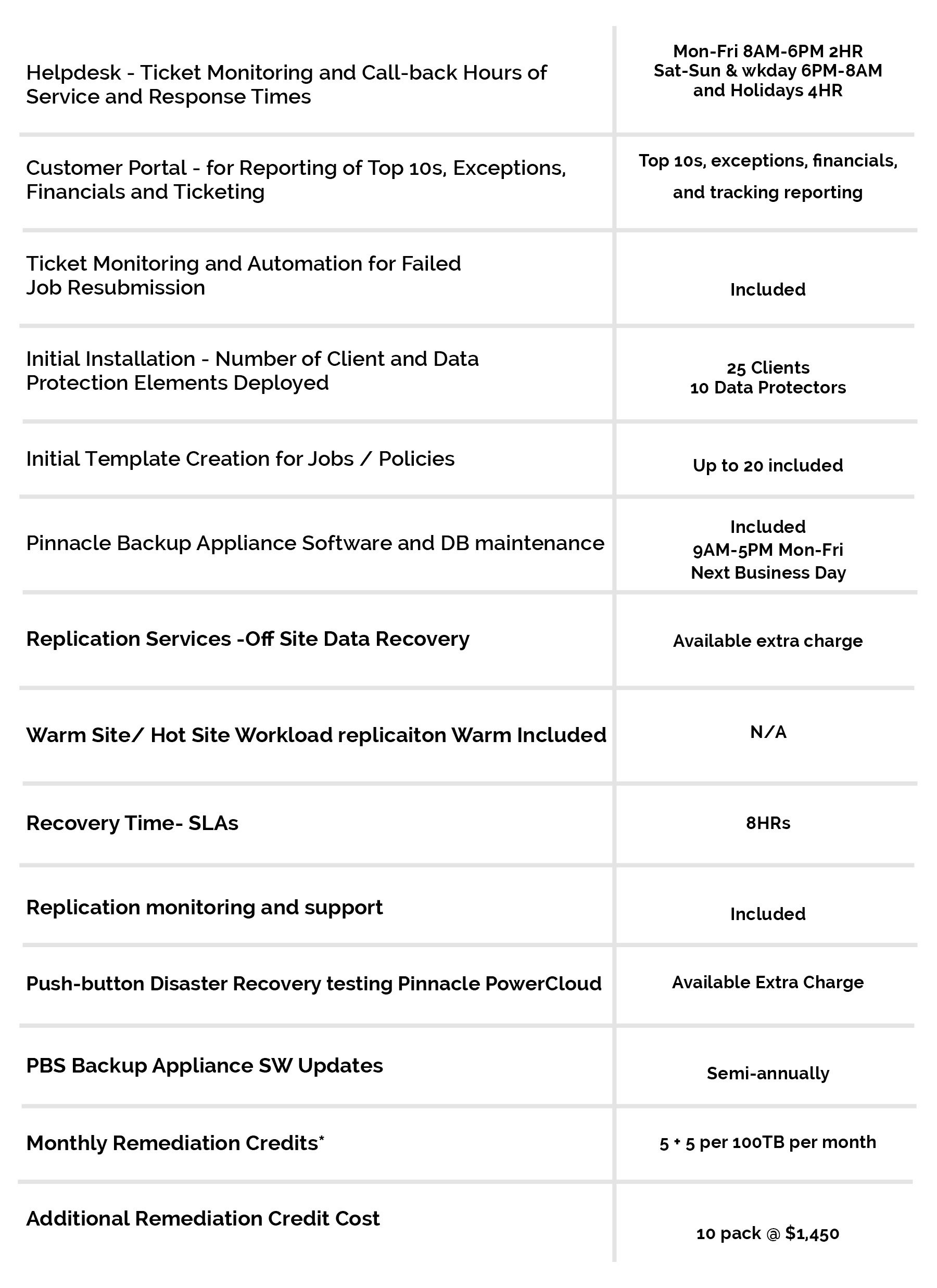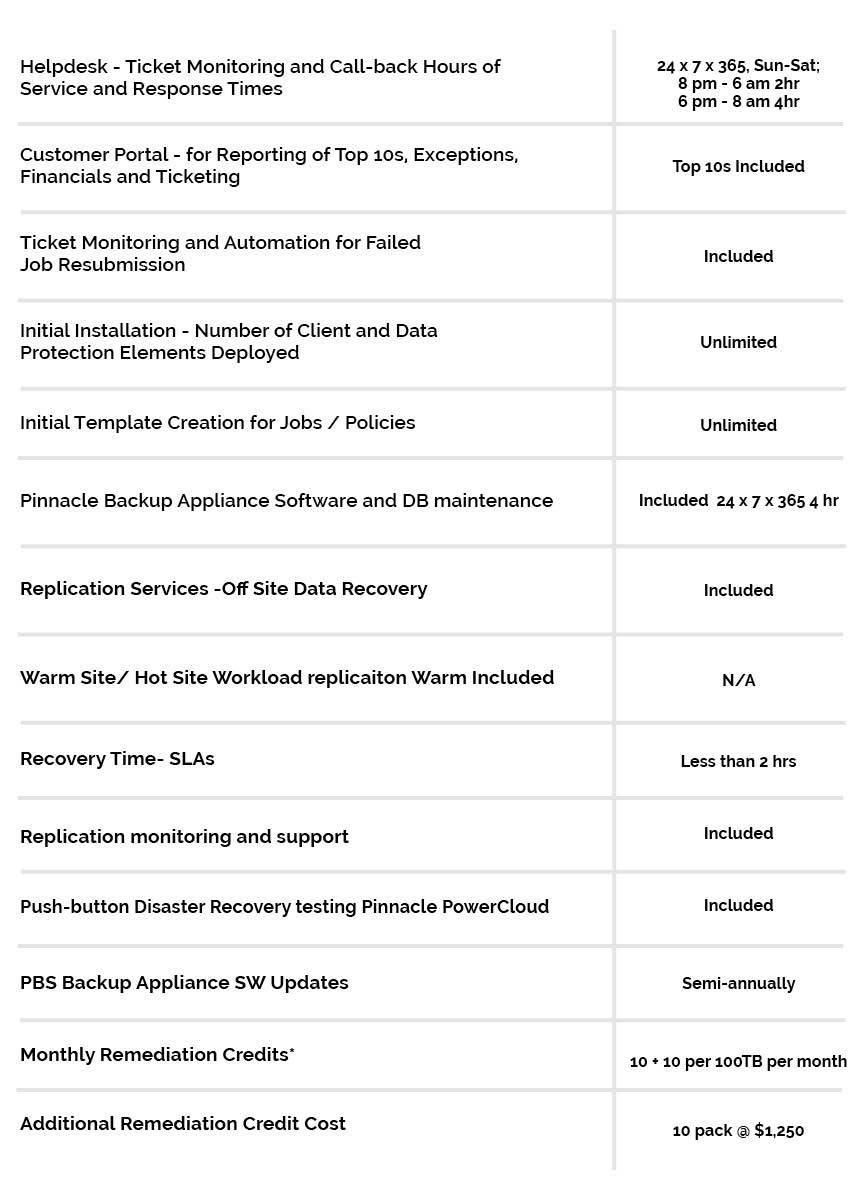01 Feb Disaster Recovery Checklist: Is your data protected?
Whether a disaster takes place within the physical realm or the digital sphere, there’s a significant chance it will have a particularly great impact on an organization that isn’t prepared.
The Federal Emergency Management Agency found that nearly 40 percent of small businesses close following an environmental disaster like severe weather. But threats don’t only exist in the physical world – Inc. reported that 60 percent of all companies shut their doors for good within six months of a cyber attack.
Risks are abundant for today’s businesses, making disaster recovery planning absolutely crucial. Here’s what to do before a disaster strikes:

Will your data be protected in the event of a disaster?
Assess the current infrastructure environment
How can you go about protecting assets if you’re not 100 percent sure of what’s included in your company’s infrastructure? One of the first and most crucial steps to take with disaster recovery planning is to assess the network and infrastructure ahead of time. An overarching topography is a helpful asset to have in the event of a disaster.
Analyze threats and possible responses
CSO contributor James Martin noted that another key preparation step is to analyze the current threats that could impact the company, and create a list of possible reactions to each risk. IDC recommended examining the “complete spectrum of potential interrupters” – while not every situation will have a high chance of taking place, it’s critical to be prepared for most-likely and low-chance scenarios.
Bring back the phone tree
Most parents involved with their children’s schools know about phone trees, which rely on participants to call each other in the event of a school closure, or other event. This concept can also be applied to DR planning to ensure communication while also supporting efficiency.
As TechTarget contributor Harvey Betan pointed out, communication with employees is critical during a disaster, and may also be helpful with third-party vendors or other partners that will need to be in the loop. Having a call list created ahead of time will make sure everyone is on the same page and can help disseminate details about the disaster and the correct response process.
Outline roles and responsibilities ahead of time
In addition to communication, it’s also imperative to ensure that efforts following a disaster take place as fluidly and efficiently as possible. In this vein, it can be helpful to assign specific roles to company stakeholders within DR plans to help prevent redundant actions and ensure everyone is working toward the same goal.
“Each member of the team should be familiar with their defined roles,” Betan wrote. “If a team member whose primary role is applications has a backup role as a telecommunications resource, make sure they know what that role entails.”
Rely on the experts
It can be nearly impossible to be fully prepared for every type of disaster that could come your way. For this reason, it can be particularly beneficial to leverage the outside perspective and resources of a disaster recovery expert. Such a partner can support efforts for environmental assessments, ensuring business requirements are met and making recommendations to support the quickest recovery.
To find out more, connect with Pinnacle today.





